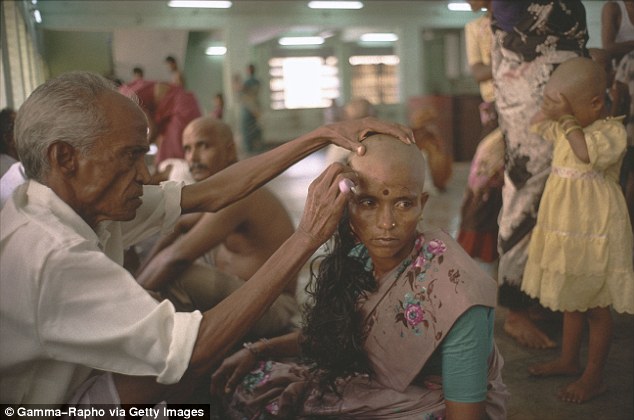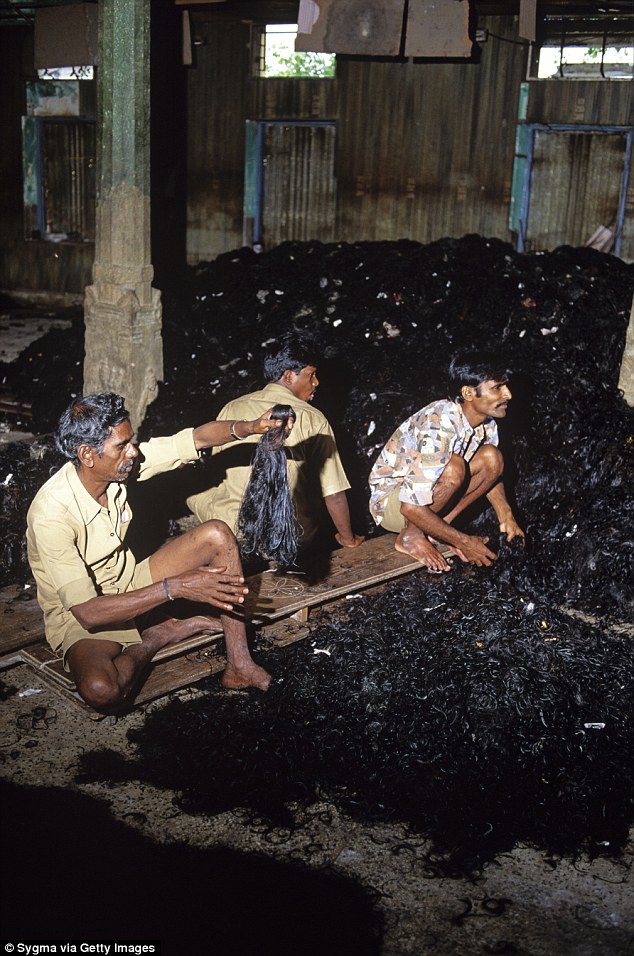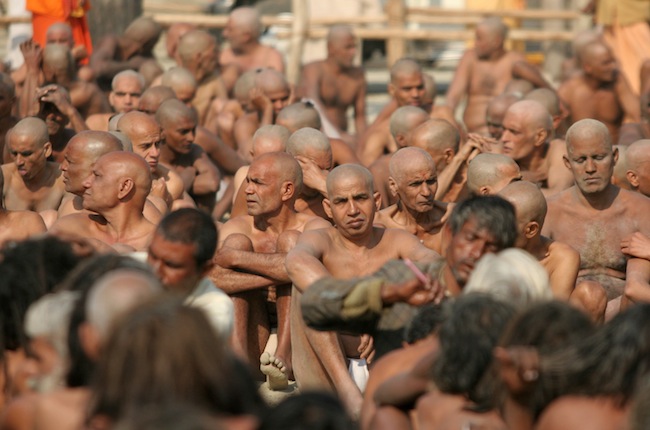Class 12 | Final Presentation | System Strategy
We see processed hair around us all the time. Be it in the form of wigs/extensions, or models sporting the hair in sprawling advertisements or commercials. However, the roots of the hair industry are seldom known to people who use this hair.
The hair stems from religious rituals from various countries that practice Hinduism and Buddhism. India is the largest producer of raw hair, which is then used to produce wigs and hair extensions. In Hinduism, it is a religious ritual to sacrifice one’s hair in the hope for a good fortune. This ritual is predominant in the southern part of India. People travel to the popular temples situated in the cities Tirupati and Tirutanni to get their heads shaved, and get the lord’s blessings. The belief is that to letting go one’s ego, and sacrificing it to God, results in a consequent better luck in the future. Therefore, majority of the people who travel to these temples tend to be impoverished or facing hard times, looking for HOPE and/or LUCK through this process. The temples collect the hair and sell it to bidders, who then get it processed into wigs. India’s hair exports evaluates to an earning of approximately 60 million USD, majority of which comes from these temples.
The Temple of Tirumala itself earned around 22 million USD through collection and selling of the sacrificed hair. There is a problem though. Most of the women who give away their hair are oblivious of the monetary aspect of it. The women using this hair are unaware of the roots too. The women in India who participate in this ritual are not from wealthy families and are paid nothing in return for this profitable business. The large scale advertisements and promotions of straight wavy lead to false understanding of beautiful hair, especially amidst the African American community.
I worked with Utsav Chadha to create an installation that asks questions around religion, ritual and consumerism. The accumulation of profit through advertising hope and luck. The installation is centered around a Banyan tree, which is considered sacred in Hinduism and Buddhism. The design of the enclosure is based around money donation boxes found in Hindu and Buddhist temples. The installation is a participatory one, in the sense that the viewers can cut off strands of their hair and donate it to the piece.






